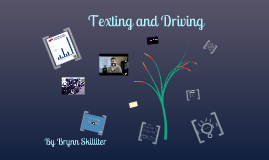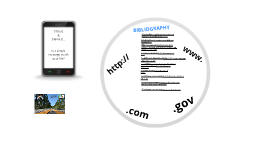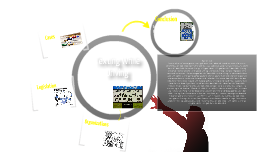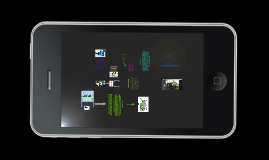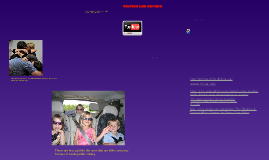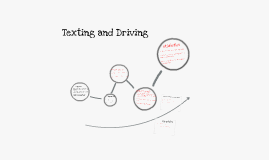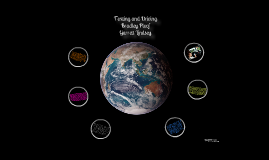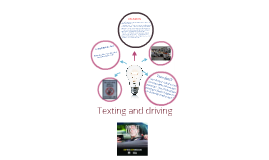Texting and Driving
Transcript: Texting While Driving By: Kristen Schreiber Elijah Pedroso Tyler Meister Texting while driving impairs one's ability to drive as much as being drunk does. Studies using driving simulators have indicated that drivers using cellphones are up to four times more likely to cause an accident as other drivers and are as impaired as someone with a .08 blood alcohol level. NHTSA last year estimated that about 120,000 drivers were sending text messages or physically manipulating phones at any given time during the day, up 50 percent from 2009. And the number of drivers talking on cellphones at any one time was even higher: an estimated 660,000. A 2009 AAA Foundation study found that 91.5 percent of drivers considered talking on the phone while driving a serious threat to their safety; 97 percent said it was completely unacceptable to send a text or e-mail while driving. But two-thirds of those people admitted talking on their own phones while driving, and 1 in 7 have texted while driving. Studies show that distracted driving causes about 5000 deaths per year. Most people in a survey stated that they feel unsafe because of the people that are driving while using electronic devices. Fatalities due to distracted driving are rising each year. We believe that every state should adopt a law banning texting while driving. It will keep not only the drivers safe, but other people on the roads safe as well. There will be less crashes, injuries, and fatalities. An estimated 660,000 people are talking on a cellphone or using any electronic device at any time, so lowering that number will make the roads more safer. Pros -Find other ways to make communication in the car safe. -Less car crashes and fatalities. -Raising public awareness. -This will show a decrease in deaths caused by distracted driving. -Texting can wait until you’re done driving because while driving you are easily distracted and it can lead to serious injury or death. Cons -In studies, participants know they are driving rigged vehicles, so it's questionable whether they are driving “naturally.” -We can only reduce distracted-driving crash rates by banning the activity, not by trying to enhance the experience. -We’re not able to force people to follow these policies, only inform them that its not a smart idea and they most likely wont listen. Our Citizen Action Plan To draw attention to this issue, newspaper and magazine articles will be printed, and social media campaigns and sponsored social events will be used. These will help get the word out fast because most people are always on a social media site. Sponsored social events are also a great way to inform people. For this issue, it would be appropriate to go to different high schools and colleges all over the United States and talk to the students, make them aware of this issue because they are the target age group. Our CAP is likely to succeed because there are already laws made about this issue. The government is already aware, but it is the people and citizens that need to have more of an interest to try and stop this from happening. If many efforts are made to bring public awareness, more people will start caring and really try to stop this problem. 2 Statistics 5 q History w v Current Law y b Will It Work? 1 6 Smartphones became hugely popular in the first decade of the 21st century, enabling users to talk on the phone, text, check email, browse the Web or engage in numerous other activities in any place where they had cellphone reception — including most roadways. Distracted Driving chart Our Position • 31/34 states that have bans on texting and driving have made it a primary offense 1. Hosansky, David. "Distracted Driving." CQ Researcher 4 May 2012: 401-24. Web. 7 May 2012. 2. "Texting While Driving." Issues & Controversies. Facts On File News Services, 11 Oct. 2010. Web. 7 May 2012. 3. Hanes, Stephanie. "Texting While Driving: The New Drunk Driving." Christian Science Monitor. 05 Nov 2009: n.p. SIRS Issues Researcher. Web. 07 May 2012. 4. Rose, Kara. “More states crack down on texting while driving.” USA Today 14 Oct 2011: A.3. SIRS Issues Researcher web.06 May 2012 5. http://www.2facts.com/icof_story.aspx?PIN=i1500550&term=texting#h1 6. http://www.2facts.com/icof_story.aspx?PIN=ib150551&term=texting e Text messages have become one of the world's favorite ways of communicating. The practice has exploded in popularity during the first decade of the 21st century. r n t g In 2010,President Obama signed an executive order banning federal employees from sending text messages while driving government-issued cars or using government-provided cell phones. 4 Sources As of April 2012, three-quarters of the states prohibited drivers from texting on hand-held devices. The penalty in most cases is a fine, but in Utah texting drivers face misdemeanor charges, and they could be treated as harshly as drunken drivers and sent to prison after a fatal accident. In NY the current law is that a driver whose texting can only






